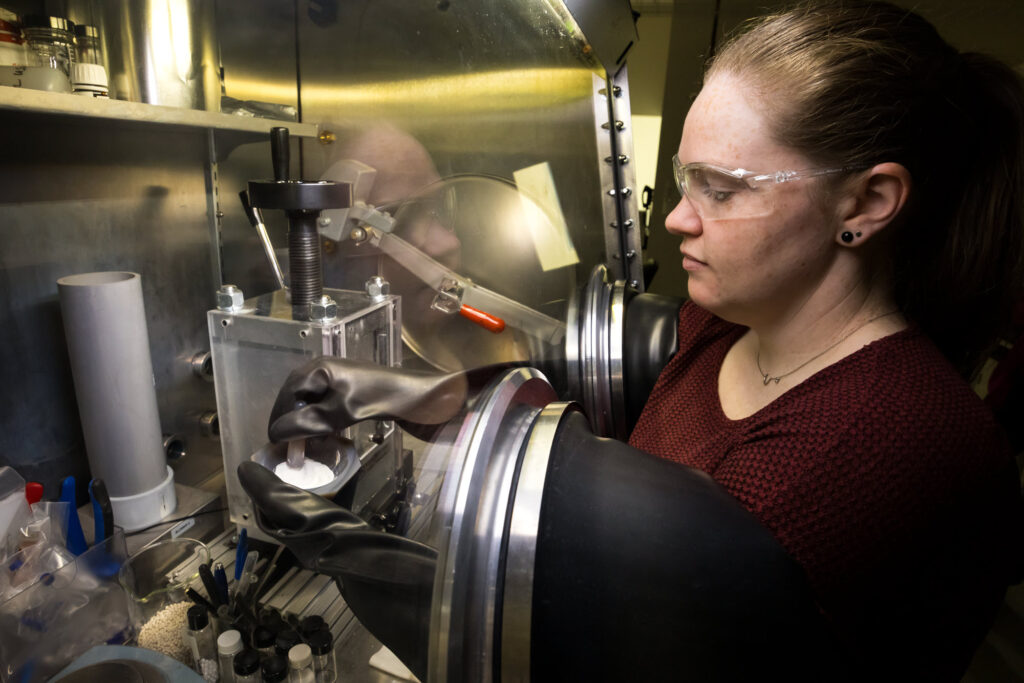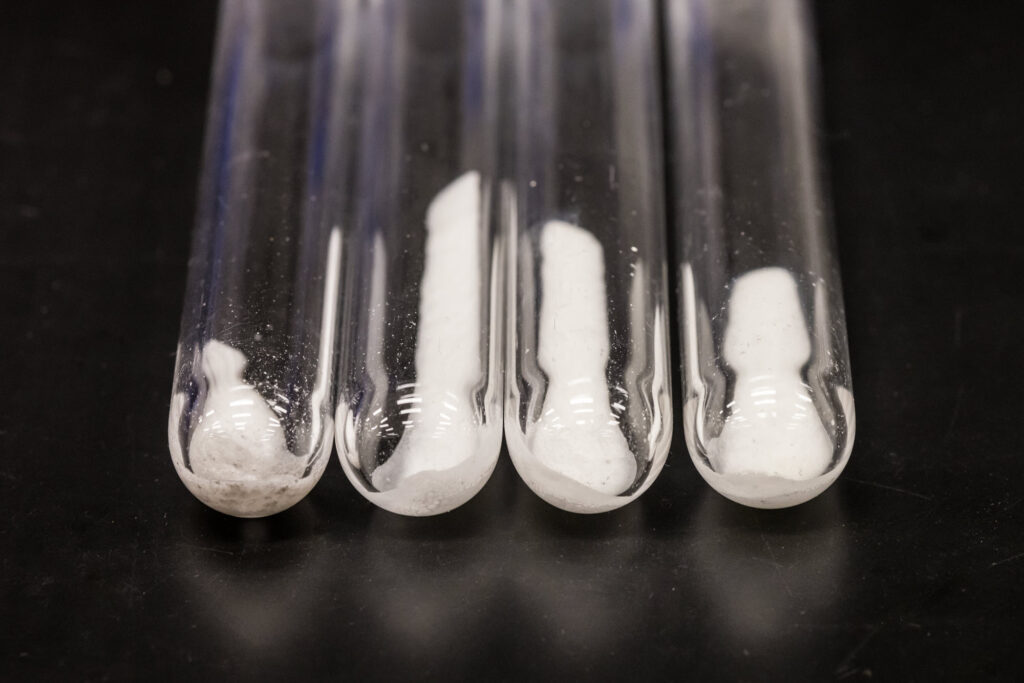In the fast-paced realm of scientific discovery, a groundbreaking collaboration between Microsoft and the Pacific Northwest National Laboratory (PNNL) is changing the game. By harnessing the potential of advanced Artificial Intelligence (AI) and high-performance cloud computing, scientists are achieving unprecedented speeds in identifying materials critical to addressing global challenges, particularly in the fields of chemistry and materials science.
From Millions to Promising Candidates: Microsoft & PNNL Collaboration

In a remarkable feat, Microsoft’s Quantum team, in collaboration with PNNL, utilized AI algorithms to sift through a staggering 32 million potential inorganic materials in a mere 80 hours. The goal was to identify promising candidates for battery development, a critical aspect of the quest for sustainable energy solutions. This not only revolutionizes the speed of discovery but also sets the stage for the future integration of quantum computing in scientific exploration.
Breaking Free from Trial and Error
Traditionally, materials synthesis involved a time-consuming process of reading published studies, hypothesizing, and engaging in iterative trial-and-error approaches. However, the collaboration between Microsoft and PNNL eliminates these bottlenecks. AI algorithms, trained to evaluate workable elements, suggested 32 million candidates, narrowing down to 800 stable materials. High-performance computing (HPC) further refined the selection, reducing it to a mere 150 candidates. The synergy between AI and HPC slashed discovery time from years to weeks.
Microsoft’s Cloud-Based AI: A Game-Changer for Accessibility
Microsoft’s cloud-based AI tools proved to be a pivotal resource, handling 90% of the computational workload. This not only accelerated the discovery process but also addressed challenges faced by traditional supercomputers, which are often shared and not tailored to specific domains. The cloud-based approach ensures accessibility and collaboration, fostering a global scientific community.
Chemistry-Specific AI: Guiding the Way Forward
The AI tools developed by Microsoft are specifically tailored for chemistry, providing a focused and efficient approach to materials research. The vision is to create generative materials, allowing researchers to request lists of new compounds with desired attributes. This marks a significant shift from the traditional, time-consuming methods of scientific exploration.
Microsoft Realizing the Dream of a Digital Twin for Chemistry

The collaboration between Microsoft and PNNL not only speeds up material discovery but also envisions a future where digital twins for chemistry eliminate the need for extensive laboratory experimentation. Predicting material performance, even after thousands of cycles, becomes a feasible prospect, marking a paradigm shift in scientific experimentation.
The Journey from Discovery to Reality
The recently discovered material, a solid-state electrolyte for batteries, showcases the potential for innovation in materials science. Despite being in the early stages of development, the material has already demonstrated a reduction in lithium content by potentially up to 70%. The AI-driven discovery has challenged previously held assumptions, opening new avenues for research in solid-state electrolytes.
Challenges and Possibilities
While the newfound material’s viability is yet to be fully established, the speed at which it was identified is undeniable. PNNL computational chemists continue to explore other candidates suggested by Microsoft’s models. The collaboration persists, with ongoing efforts to refine the tools and methodologies for even more rapid scientific discovery.
Microsoft & PNNL
As we stand at the intersection of AI maturation, computational power, and domain-specific training, the collaboration between Microsoft and PNNL signifies a new era of acceleration in scientific exploration. The breakthroughs achieved in materials science offer a glimpse into the vast possibilities that await in addressing pressing global challenges across various scientific domains.






























